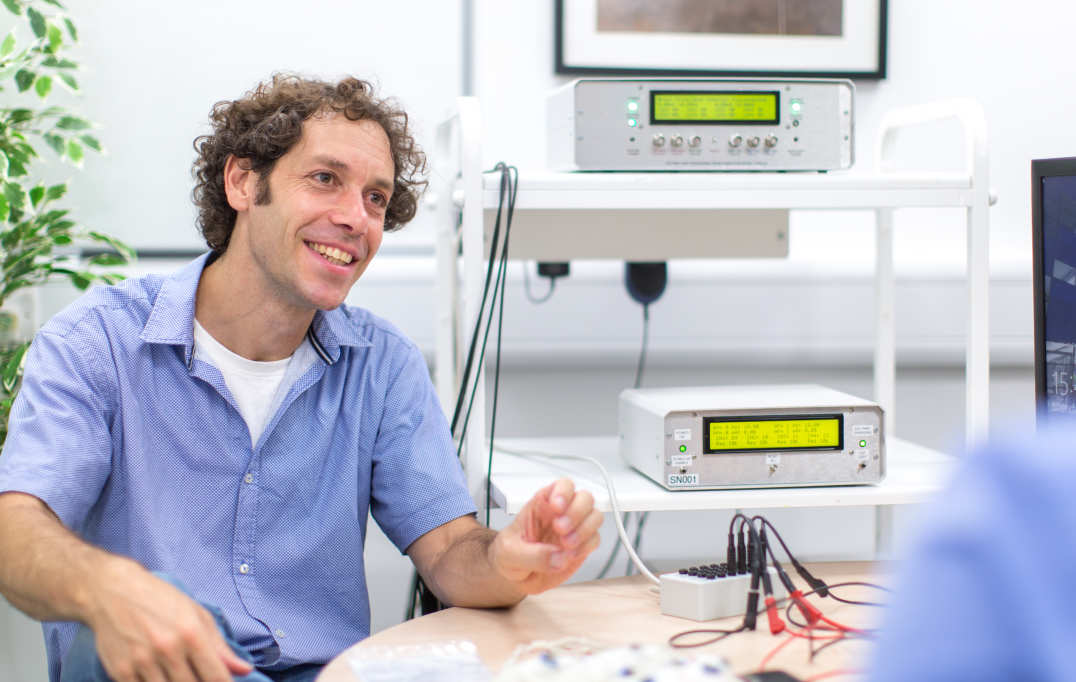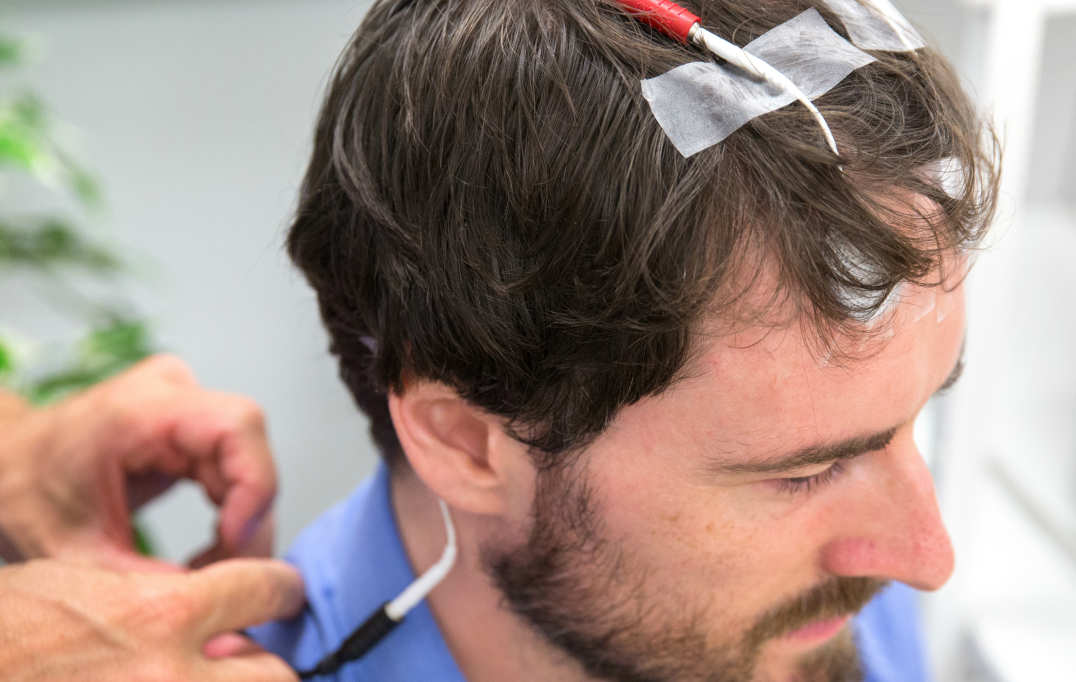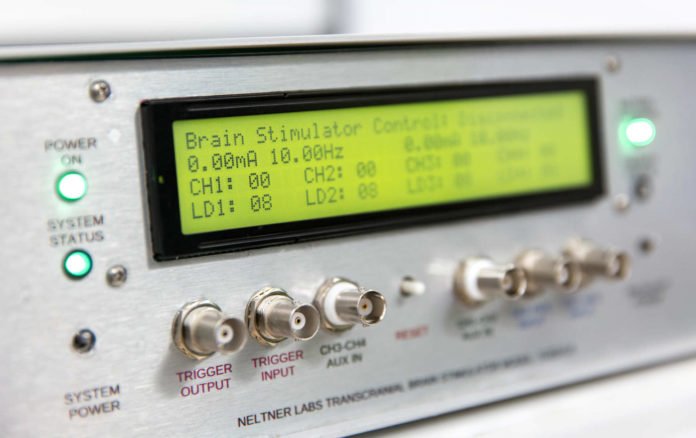Electrical brain stimulation is a promising method with which to modulate neural excitability and the approach can be categorized as either invasive or non-invasive. However, this can carry risks due to its invasive nature – with electrodes having to be surgically implanted deep into the brain.
Now, an Imperial scientist Dr. Nir Grossman has developed a new method for stimulating the brain with electrical fields without surgery. He also has won the prize at the 2018 Science & PINS Prize for Neuromodulation.

The method requires applying small overlapping electric fields to the scalp. The technique is known as Temporal interference (or TI), uses electric fields of different frequencies to subtly ‘nudge’ brain activity.
When the electrodes with small current are attached to the scalp, it generates two electric fields with different frequencies. These electric fields are rapid enough to change the activity of brain cells. But when these fields intersect, the amplitude of their combined currents changes at a low frequency, and this can stimulate brain cells and subtly alter their activity.

According to Dr. Grossman, the technique could offer an alternative for a huge number of patients in need, without the need for surgery and the associated complications, or interfering with higher functions.
During the experiment of this technique on mice, scientists found that TI can target and stimulate cells in the hippocampus, a region deep in the brain which plays important roles in memory and cognition, without affecting the cortex. It can potentially alter the fields’ intersection point, thus changing the focus of the stimulation and potentially stimulating regions deep in the brain without affecting the surrounding brain areas.

Dr Grossman said, “As TI uses well-known electrical fields and doesn’t require us to change the brain – chemically or genetically – like other methods, we hope this will speed up its clinical deployment.”
“This type of non-invasive stimulation could offer a huge benefit to a large number of patients in need of neural therapy.”
The full essay ‘Modulation without surgical intervention’ is published in the journal Science.
